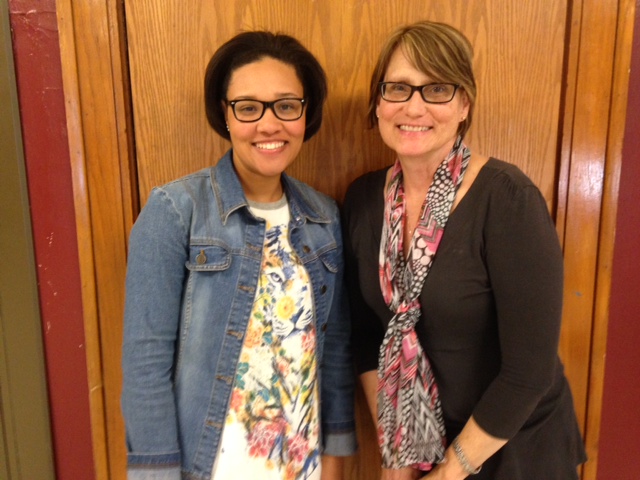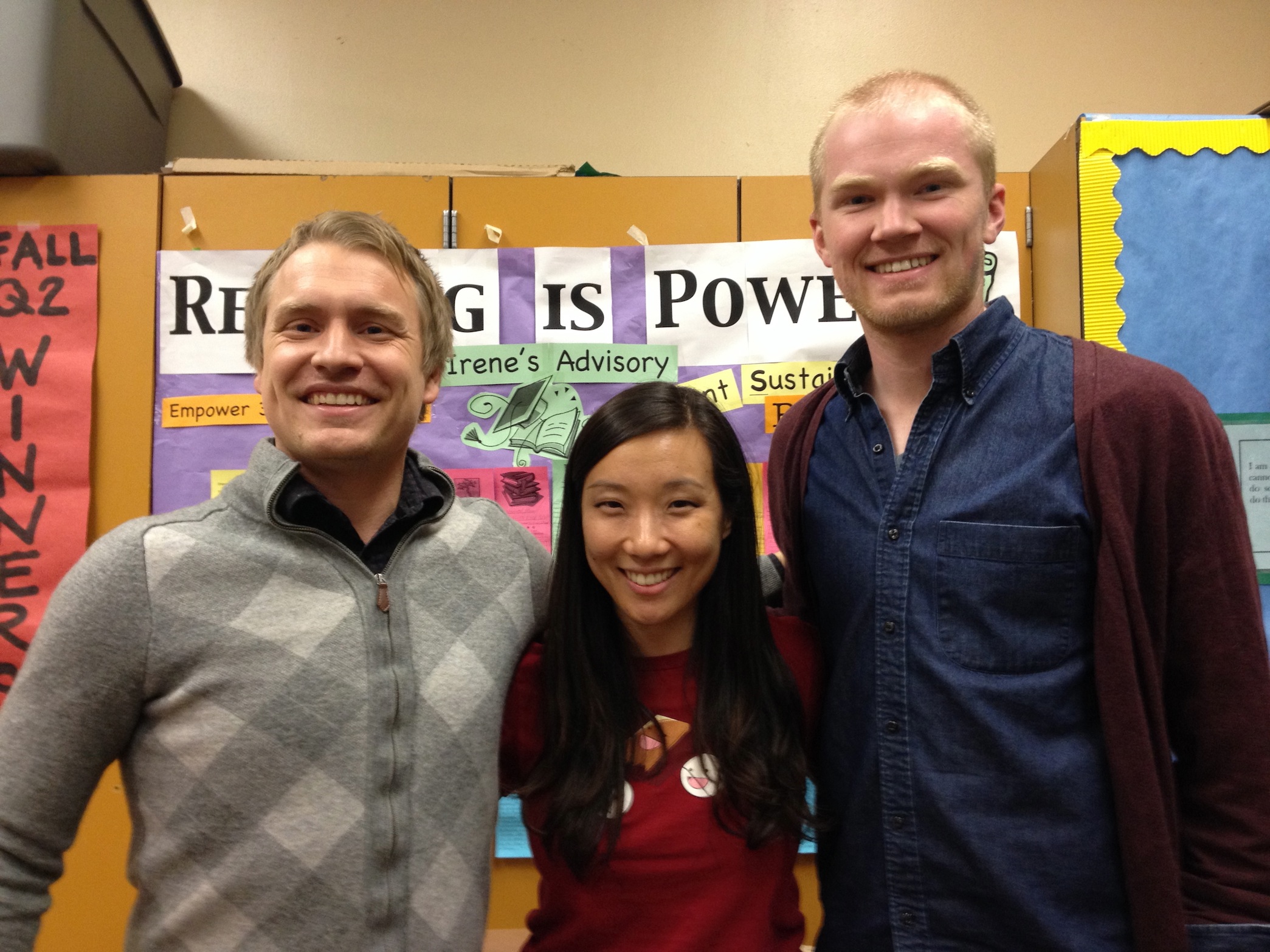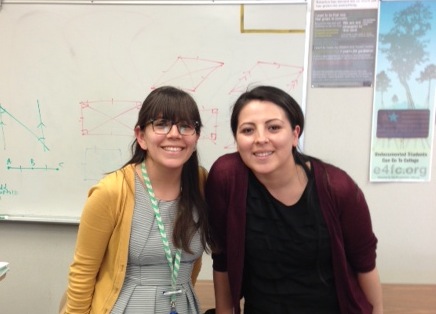


Nearly 100 teachers from high poverty, hard-to-staff high schools have been named inaugural Stanford Hollyhock teaching fellows.
The teachers, representing 39 districts in 17 states and the District of Columbia, will come to Stanford later this month for the beginning of their professional development program.
"We're thrilled to have the opportunity to work with this cohort of teachers who are dedicated to teaching underserved populations," said Janet Carlson, executive director of the Center to Support Excellence in Teaching, which runs the program.
Established this year, the Stanford Hollyhock Fellowship for Teachers supports early-career high school teachers for two years with an intensive institute on campus during two consecutive summer sessions and year-round online coaching.
The fellowship, funded through a $4.5 million gift from an anonymous donor, is free for participants, and includes accommodations and meals during the two-week summer workshops on the Stanford campus.
The 99 teachers selected this year come from public and charter schools nationwide. On average, the teachers have 3.6 years of teaching experience and 78 percent have earned master's degrees. The schools they teach in are low-resourced and over 80 percent of the students they teach qualify for free or reduced lunch rates.
Research shows that nearly half of all teachers leave the classroom within five years, and in high poverty schools, the turnover rate is even higher.
"Every year, thousands of early career teachers leave the classroom just as they are on the edge of developing more skilled practice and increasing their impact on student learning,” said Pam Grossman, the faculty director of CSET. “If we are to improve outcomes for students, we must try harder to keep talented teachers in the classroom long enough to make a difference for their students. By treating teaching as a revolving door occupation, we shortchange both our students and our schools. This program is designed to stop the revolving door.”
The fellows, who will be on campus July 20-Aug. 1, are broken into four subgroups: science, math, English and history. Each fellow applied to the program with at least one colleague from his or her own school to ensure school support and commitment.
Stanford instructors from the GSE and departments university-wide will teach in the content areas. They include: Carlson, Grossman, Hilda Borko, Brad Fogo and Bryan Brown of the GSE; Noah Diffenbaugh of the School of Earth Sciences; Chris Chidsey of chemistry; Deborah Gordon of biology; and Helen Quinn, emeritus professor of physics.
The fellows will also hear presentations from Stanford President John Hennessy on why teaching matters; Stanford's dean of admissions, Richard Shaw, on how to better work with students applying to college; and others.
The fellows’ time on campus will be complemented with a day-visit to San Francisco where they will visit the Exploratorium, the de Young Museum, Alcatraz Island and other points of interest.
To learn more about the fellows and their schools, click here
Subscribe to our monthly newsletter.